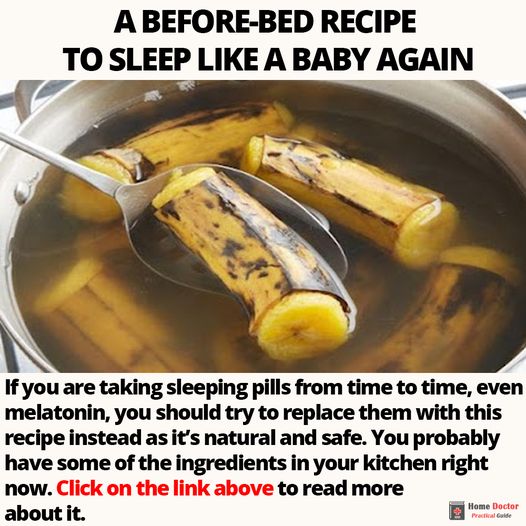Pediculus humanus
First of all typhus should not be confused with typhoid, they are two entirely different things. Also, there are quite a few types of typhus in circulation, this article deals with the most serious, epidemic typhus which is spread by the body louse – Pediculus corporis. (Pediculus Humanus)
This little louse is closely related to the head lice- Pediculus capitus but unlike its cousin it lives in clothing and moves onto the human to feed, returning to clothing after feeding. It is also different in that it can spread bacterial infection which the head louse cannot.
The body louse seems to appear out of nowhere in troubled times, wars, economic crises, any situation that causes a return to the unsanitary conditions of yesteryear. Scientists have tried for years to find out how they suddenly appear during hard times, what can cause such a huge surge in these tiny six-legged critters that an epidemic is the result, well now they know. They are here all the time.
History books will tell you all about typhus epidemics, how tens of thousands of soldiers died in 1812, how millions have died across the globe from sporadic outbreaks of this disease. Yet even having said that typhus infections dropped well before the introduction of the only known treatment, antibiotics. This drop correlates exactly with an increase in public health legislation, improvement in housing and the introduction of running water in cities.
There are few cases of typhus recorded each year in the developed world. The United States sees no more than a couple of hundred cases a year, mostly amongst the long-term homeless who have not got the facilities to maintain a high level of cleanliness, in particular regarding their clothes.
As the economic situation worsens and more and more people become homeless it is not unrealistic to assume that we will get to a point where typhus once again starts to make its presence felt. If you extend this line of thinking to those who have no connection to mains water supply due to unpaid bills, the scenario gets worse still. If you move on from that to a societal breakdown, where nobody has water to spare for laundering clothes you have the stage set for a return of typhus at epidemic levels. You must also factor in, that in a full breakdown treatment for the disease will not be available.
The bite of the body louse in itself does not cause typhus. It is the excrement that causes the problem. This is deposited on the skin as the louse feeds. A short while after the louse returns to its home in your clothing you start to itch at the feed site. When you scratch you transfer the droppings that are now on your finger tips and under your nails into the open feed site and thus allow the bacteria entry into your system.
What is typhus?
It’s an infection caused by the faeces of the body louse, Pediculus corporis.The bacterium that causes the disease is Rickettsiae prowazekii. The bacteria invades the endothelial cells of blood vessels causing multi-system vasculitis.
Where does it strike?
Outbreaks will occur where poverty, homelessness, close human contact and lack of washing and laundry facilities co-exist. Some of the recent outbreaks occurred in Peru, Burundi and Russia.
- ComplicationsSymptoms of typhus
- General malaise
- Abrupt onset severe headache
- Fever
- Myalgia (muscle pain)
- Blanching rash turning to unblanching rash within 2days. It will not be present on the palms of the hands, soles of the feet,or face.
- Cough/wheeze
- Abdominal pain
- Nausea
- Organ damage
- Hypovolaemia (decrease in circulating blood volume)
- Electrolyte Imbalance
- Gangrene
- Secondary infection such as pneumonia
- Reactivation as the infection stays for life though the patient will be asymptomatic after treatment.
Treatment
Doxycycline or tetracycline is the current treatment of choice though chloramphenicol has had a good success rate. Penicillin based drugs can be used but there has been issues regarding resistance of the bacterium to these drugs.
SEE NOTE BELOW REGARDING STORAGE OF CYCLINE DRUGS
Many labs tests are required to confirm the diagnosis but antibiotics will be started without waiting for the results of the tests if typhus is suspected.
Prevention
Infested clothing should be exposed to water of 158*F (70*C) for a minimum of an hour. A washing machine cycle is preferable.
Where water and or fuel is in short supply insecticide may be used to kill the lice.0.5% Permethrin is recommended.
Avoid unsanitary and overcrowded places
If you cannot accomplish any of the above preventative measures leave worn clothing in a ‘hard’ environment, such as a bucket for 7 days. The lice can survive no longer that 5 days without food. Infested or possibly infested clothes should be kept away from other clothing.
Rotate worn clothing leaving it 7 days before wearing it again. This will ensure if you have picked up a louse from somewhere it will be dead before you wear the clothes again.
Change your clothes as soon as possible after being in a ‘louse likely’ situation.
Apply bite treatment before you scratch, if you can avoid scratching until you have washed/wiped the whole area around the itch you may avoid transferring the bacterium to the bite site. You cannot distinguish one bite from another so avoiding scratching is a sensible precaution. Wipe the area around the bite carefully, do not go back and forth across the bite until you have cleaned the area around it thoroughly.
If you have water to wash clothes, but cannot maintain the high temperature, leave the clothes unworn for 7 days and then wash them, bashing them as you do so. The reason you see women bashing clothes off rocks is not always to keep their whites dazzling. Bashing the clothes dislodges the lice.
The lice prefer nooks and crannies and like seams, hems and pocket linings to hide in so turning clothes inside out makes them easier to dislodge.
Typhus is not a disease to take lightly.It is only sanitation, our understanding of the importance of hygiene and prompt action by doctors that prevent typhus epidemics claiming the hundreds of thousands of victims a year that we read about in the history books. If for reasons beyond our control we are no longer able to launder clothes effectively, and those people who are currently treated for typhus are no longer able to access medical help it is highly likely that epidemic typhus will once again claim lives on the scale it has thoughout history.
Take care
- Medicinal Garden
- With your seeds kit, you’ll also receive a FREE Medicinal Guide that shows you how to turn these 10 plants into tinctures, ointments, salves, poultices, decoctions, infusions, essential oils —all in minute detail so you can follow our guide even if you’ve never made an herbal medicine in your life.
Books can be your best pre-collapse investment.
Carnivore’s Bible (is a wellknown meat processor providing custom meat processing services locally andacross the state of Montana and more. Whether your needs are for domestic meator wild game meat processing)
The Lost Book of Remedies PDF ( contains a series of medicinal andherbal recipes to make home made remedies from medicinal plants and herbs.Chromic diseases and maladies can be overcome by taking the remediesoutlined in this book. The writer claims that his grandfather was taughtherbalism and healing whilst in active service during world war twoand that he has treated many soldiers with his home made cures. )
Easy Cellar(Info about building and managing your root cellar, plus printable plans. The book on building and using root cellars – The Complete Root Cellar Book.)
The Lost Ways (Learn the long forgotten secrets that helped our forefathers survive famines,wars,economic crisis and anything else life threw at them)
LOST WAYS 2 ( Wordof the day: Prepare! And do it the old fashion way, like our fore-fathers did it and succeed longbefore us,because what lies ahead of us will require all the help we can get. Watch this video and learn the 3 skills that ensured our ancestors survival in hard times offamine and war.)




